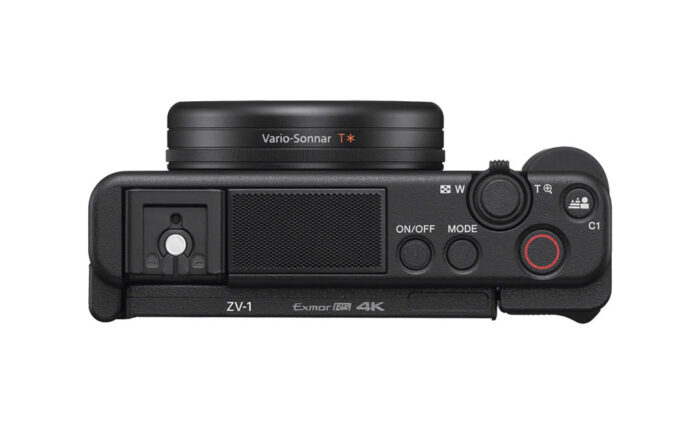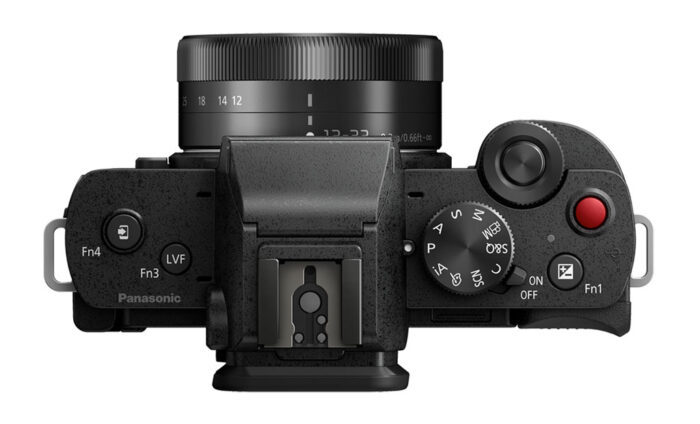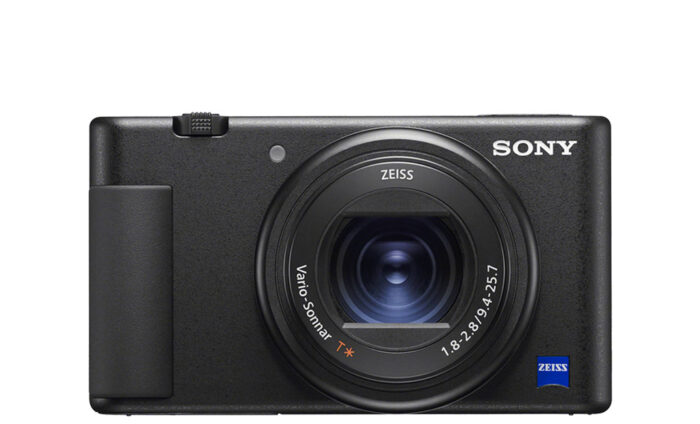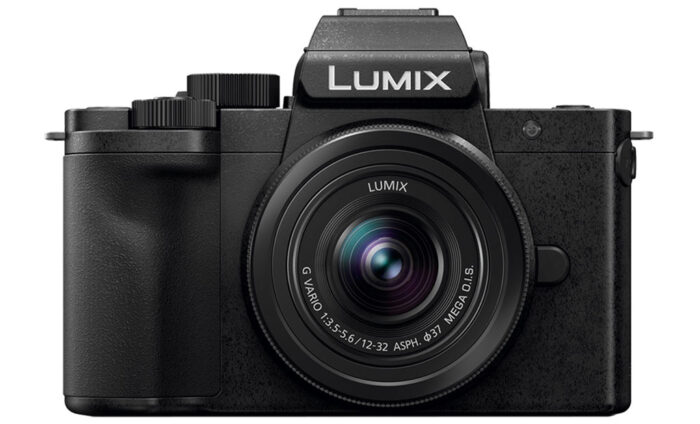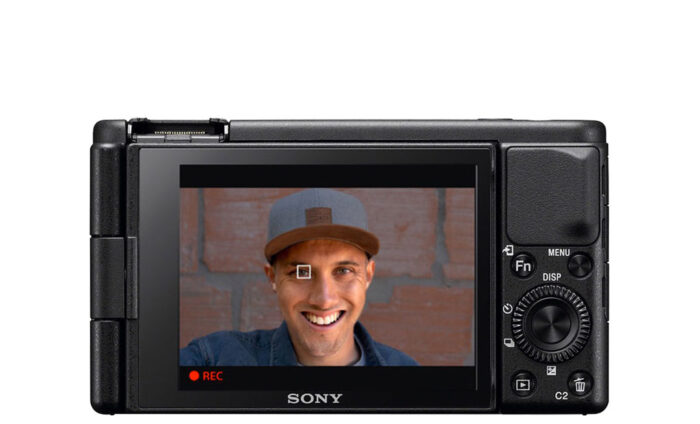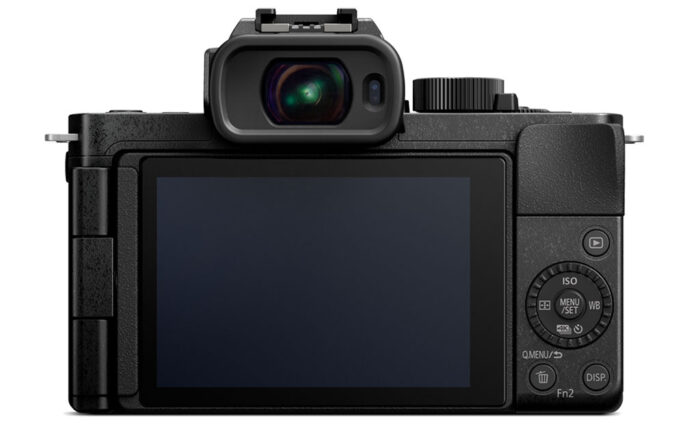Vlogging is becoming more and more popular, so it was only a matter of time before camera manufacturers started to produce dedicated products to target this growing audience.
Sony and Panasonic are two examples, with their latest products, the ZV-1 and G100, aiming at content creators who want an easy-to-use, high quality camera to start their YouTube channel. Let’s see how they compare.
Ethics statement: the following is based on official specifications and our overall experience with Sony and Panasonic cameras. We were not asked to write anything about these products, nor were we provided with any sort of compensation. Within the article, there are affiliate links. If you buy something after clicking the link, we will receive a small commission. To know more about our ethics, you can visit our full disclosure page. Thank you!
1. Sensor and processing speed
The Sony ZV-1 uses a 1-inch BSI Exmor RS sensor with 20.1 megapixels. It is the same sensor used for the RX100 series, including models such as the RX100 mark IV, V, VI and VII. It has an ISO range of 100 to 12800, with extended values up to 25600 ISO.
The Lumix G100 uses a larger four thirds sensor with 20.3MP. The ISO range is 200 to 25600, with a low extended value of 100 ISO.
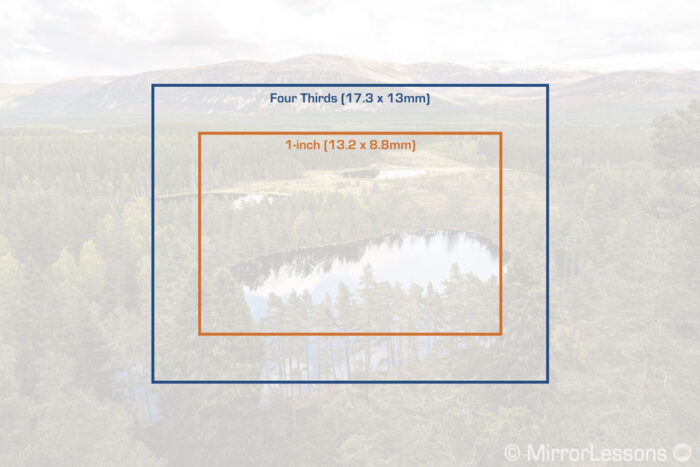
The advantage of the larger sensor, in addition to giving you more shallow depth of field when using the same aperture and field of view, has a lower signal/noise ratio. That said, the Sony 1-inch chip is a really good sensor and has a back illuminated structure to improve light collection. So while there are differences, they are not as big as you may think.
The Sony sensor has a more complete structure that includes a DRAM memory to increase the processing power. This allows the camera to shoot up to 24fps (with continuous AF), use the electronic shutter without rolling shutter distortion or record slow motion video up to 1000fps. (More on the slow motion capabilities further down.)
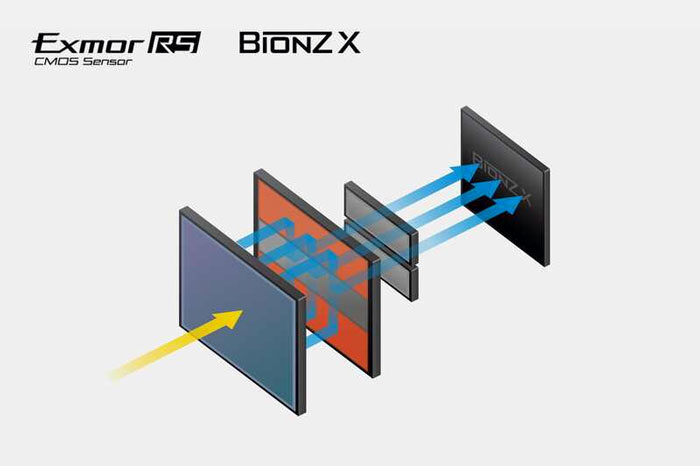
By comparison, the G100’s maximum burst speed is 10fps with the electronic shutter, and the maximum frame rate for slow motion video is 120fps.
2. Lens
Another important difference between these two cameras is the lens system.
The Sony has a non-removable zoom lens with a focal length range of 9.4mm to 25.7mm, which is the same as a 24-70mm zoom on a full frame camera when it comes to the field of view. It has a variable aperture of 1.8 (wide) to 2.8 (tele).

The G100 is an interchangeable-lens camera and uses the micro four thirds mount, which gives you access to a plethora of lenses for every need.
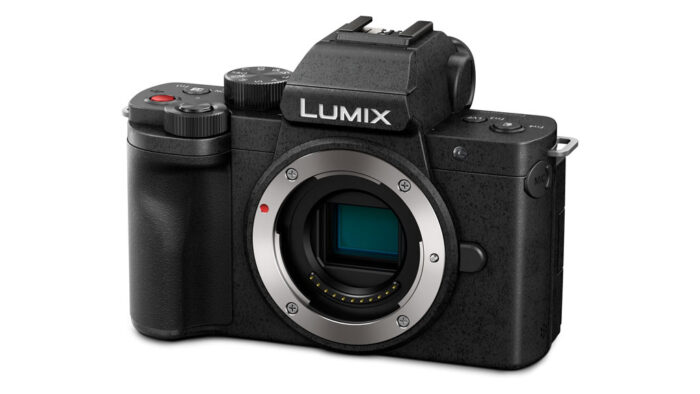
The G100 comes in a kit with the 12-32mm f/3.5-5.6 zoom, which is a decent lens to start with but has a slower aperture which is not ideal in low light conditions, or if you want more shallow depth of field. Thankfully, there are a lot of fast primes available in the micro four thirds catalogue, although we’re talking about an extra cost.
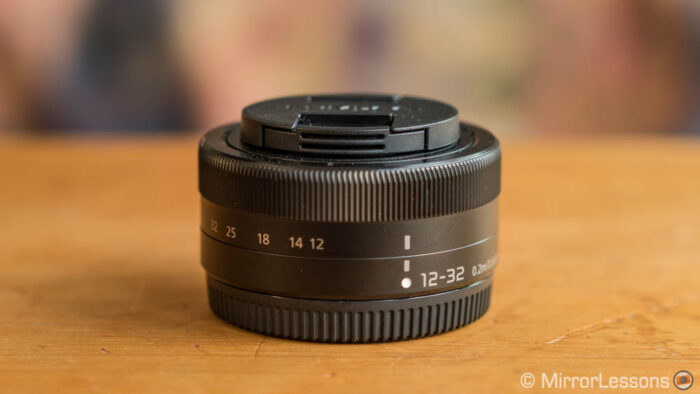
The Sony has a Bokeh Switch function that automatically adjusts the aperture and the other exposures settings to give more or less blur in the background.
A similar function is the G100’s Self Shot mode, which activates when you flip the LCD screen by 180˚.
Another strong point in favour of the ZV-1 is the built-in ND filter to decrease the amount of light reaching the sensor. It is useful to create nice effects such as motion blur in daylight with a slow shutter speed, or to preserve the 180 degree shutter rule for video (for example 1/50s for 25p).
3. Autofocus
The ZV-1 uses a hybrid contrast (425 points) and phase autofocus (315 points) system. Phase detection in particular guarantees fast and accurate focus in single and continuous modes. The camera can track in real time by analysing the composition on different levels (colour, brightness, subject distance, face and eye) for more precise results. The ZV-1 also features the renowned Sony Eye AF that works for stills and video, and is the most reliable on the market.
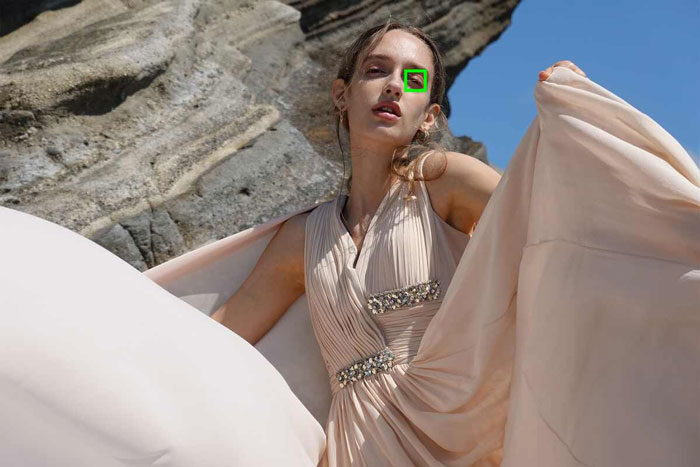
The G100 uses a contrast detection system, Panasonic’s DfD (Depth from Defocus). It is very fast in single mode, but can struggle in continuous AF. Face and Eye detection is not as reliable as the Sony. Plus the Lumix uses the old generation DfD (49 areas), which is not the same as high-end models like the GH5 or G9 (225 areas and faster readout).
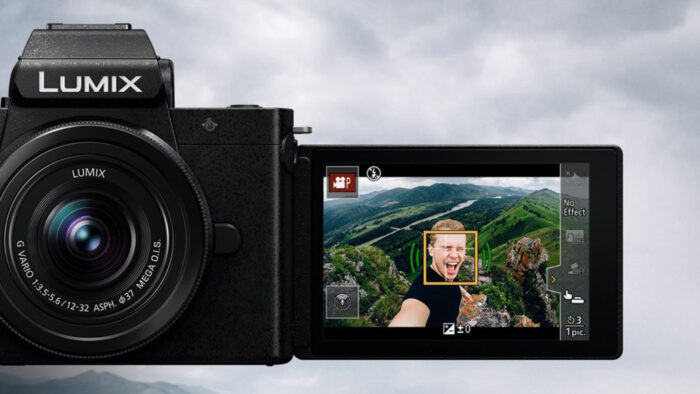
V-Logging often involves you talking in front of the camera, perhaps while moving to show a location you’re visiting or something else. Having a reliable face/eye detection for the autofocus makes your life easier so I think the Sony has the advantage here.
Another interesting thing on the ZV-1 is the Product Showcase Setting, where the camera will automatically change focus and track an object you put in front of you (closer to the camera) to show your audience.
4. Video
Video is certainly the most important aspect of all when it comes to V-Logging, and the ZV-1 and G100 offer interesting capabilities.
They can both record 4K up to 30fps, or Full HD up to 120fps. The latter is a good frame rate to capture nice slow motion videos, but the Sony has an extra weapon: the HFR mode.
Thanks to the high speed sensor, you can capture footage up to 1000fps for a slow effect of 40x. This mode is limited to a few seconds per clip (recording time, not the final video) and some features like AF are disabled, but it still remains something unique in this category of cameras.
Below you can watch a video I made with the RX100 IV which was the first to feature the HFR mode. The quality might have improved a little since then but you get an idea of what the ZV-1 is capable of.
When recording 4K, the G100 crops the sensor so you get a narrower field of view when recording 1080p or taking still photos. The Sony uses the entire width of the sensor. Both do full pixel readout to maximise sharpness.
On the Sony you will find all the Picture Profiles that include video specific settings such as S-Log2, S-Log3 and HLG if you like the idea of colour grading in post (the G100 has Cine-Like D, Cine-Live V and V-Log L).
Alternatively, the Sony Picture Profiles allow you to customise the image with advanced parameters. Be aware that they’re not the easiest to use if you are a beginner, but they give you better dynamic range and more control in comparison to the Creative Styles (Sony colour profiles for still).
Both cameras allow you to record video vertically (an automatic tag is added to the file so that software can recognise the format automatically) so that you can use your content for vertical formats straight away without having to rotate the video in post.
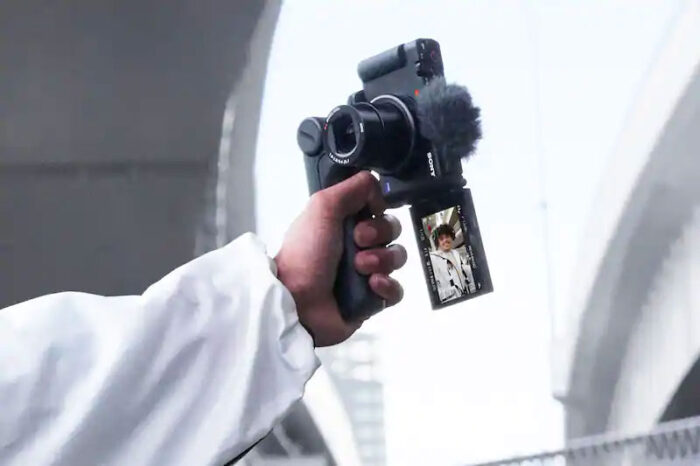
Because the two products aim at V-Loggers, Sony and Panasonic have added a few extra things to make the camera easier to use.
The ZV-1 has a tally light at the front that turns on so that you have a clear indication that the camera is recording. The G100 shows you red borders on the LCD screen instead.
A revised Automatic Exposure algorithm on the Sony makes the camera more reactive when the light conditions changes (for example going from inside to outside) and prioritises exposure on the face at all times.
5. Audio
Audio is as important as video when it comes to V-Logging, so in addition to guaranteeing a microphone input, the two brands have added a better built-in microphone than the average you’ll find on this kind of product.
The G100 features the OZO Audio by Nokia technology that has five modes to cover different situations. With the use of face recognition on the camera, the microphone can automatically adjust according to the person’s position and distance, and prioritise it over other people present in the frame.
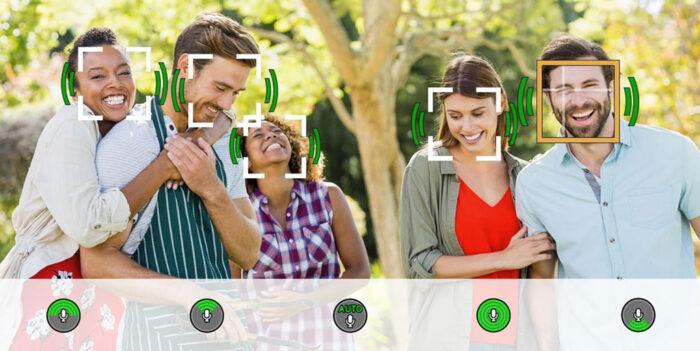
The Surround mode captures everything around the camera for a more immersive sound. The Front mode or back mode captures only the sound that is in front or back of the camera. The former can be useful to record people’s voices or instruments, whereas the latter will pick up your voice even if you are behind the camera. There is also an Auto mode that switches between the Surround and Tracking modes.
The ZV1 has a three capsule microphone that uses spatial filtering to record clear sound in front of the camera without ambient sound interfering too much. A wind screen is included and attaches to the hot-shoe if you’re working in a windy location.
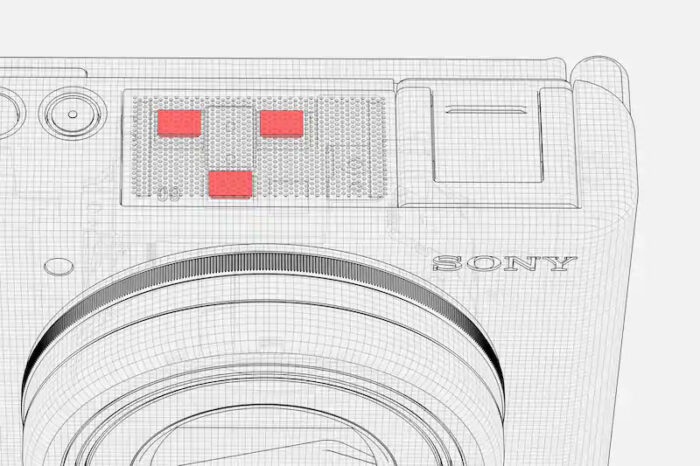
The hot-shoe on the Sony camera is the proprietary Multi Interface shoe, which allows you to attach select Sony microphones without the need to plug in the 3.5mm cable on the side.
Both models lack a headphone output however.
6. Image Stabilisation
Neither camera has image stabilisation built-in on the sensor, but relies on optical stabilisation, to which you can add electronic stabilisation when recording video.
Keep in mind that electronic stabilisation equals a field of view crop. This becomes a bit limiting on the G100 especially when recording 4K video because the latter crops by default. If you add one of the two digital stabilisation modes (IS Standard or IS High), you can see how much narrower the field of view becomes.
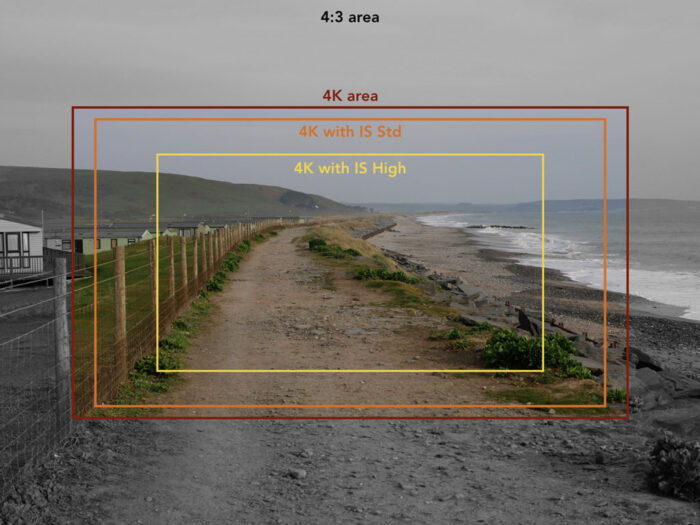
7. Live Streaming
Sony will make a new software available in July 2020 that will allow you to use the ZV-1 as a webcam to live stream on your favourite platform. Only the USB cable will be required (no HDMI capture card) which is a similar solution to the one Canon launched a few weeks ago.
Panasonic has already released a software to help you live stream with a Lumix camera (LUMIX Tether for Streaming Beta, Windows only for now), but it is not the same straightforward solution.
Basically it is a version of their tethering software that allows you to display on your computer screen a clean video feed coming from the camera (without any information displayed). You then need to use a second software such as OBS Studio to capture that window and send it to your favourite streaming services.
Currently, the G100 is not on the list of compatible cameras with this software, although I hope they will change this. After all it wouldn’t make sense to leave it out given that the G100 has been designed specifically for V-Loggers.
8. Design
The ZV-1 and G100 are no different to other models when it comes to technology, so what makes them more suitable for V-Logging, according to Sony and Panasonic?
Well, in addition to the extra features we’ve seen above, the design has also been tweaked to make them easier to use.
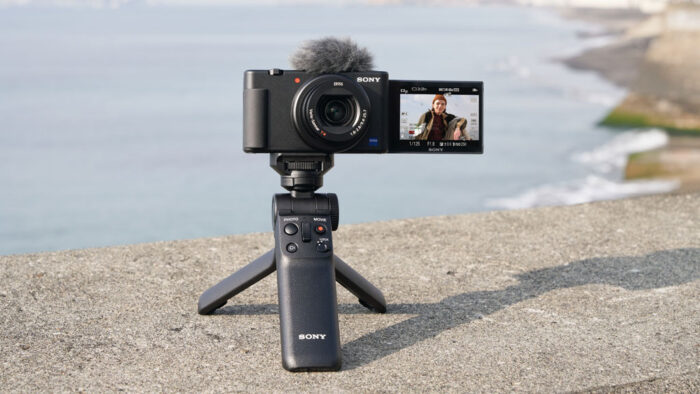
Both cameras feature a 3.0-in 180˚ flip-out LCD screen to film yourself with ease. The one on the Panasonic has more resolution (1.8M vs 0.9M dots). The screens are touch sensitive to help you control settings when filming yourself without having to rely on the buttons on the rear.
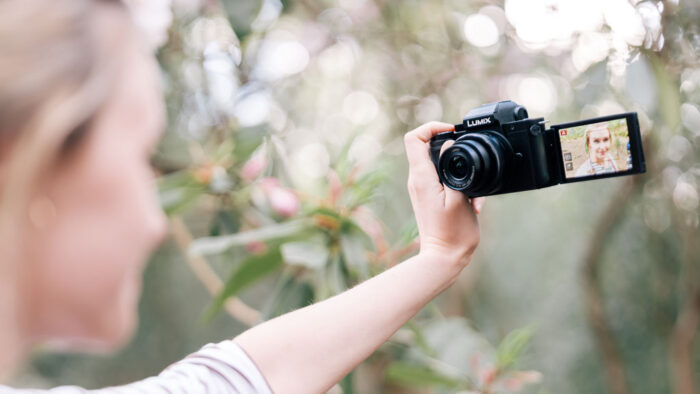
On top, they both have a visible REC button to start recording videos.
If you like the idea of using your camera for general photography and not just V-Logs, then you’ll find a more complete product in the G100.
In addition to the larger front grip that improves the handling, you’ll find a built-in viewfinder (3.68M dots), something that the ZV-1 lacks entirely. There are also lugs on the side to attach a strap.
The advantage of the ZV-1 is certainly its compactness. It can easily fit in the pocket of your jeans and is lighter too.
- ZV-1: 105.5 x 60 x 43.5mm, 294g
- G100: 115.6 x 82.5 x 54.2mm, 345g
Battery life is not extraordinary on either model. The G100 has a CIPA rating of 270 images or 40 minutes of 4K video recording. The ZV-1 does 260 images and 45 minutes respectively. For an entire day of Vlogs, you’ll want some spare batteries with you.
The two models can be charged via USB, but the ZV-1 can also be powered while in operation which certainly gives it an advantage over the Lumix product.
9. Extra features and accessories
The ZV-1 has a time-lapse functionality but you will need the Sony Imaging Edge desktop software to create a video out of all the frames recorded. The G100 can do this in camera.
Both cameras can be connected to a mobile device via wifi and bluetooth to remotely control the camera or transfer photos and videos. The Sony Movie Edit add-on for the Imaging Edge mobile app allows you to edit your video on your mobile device.
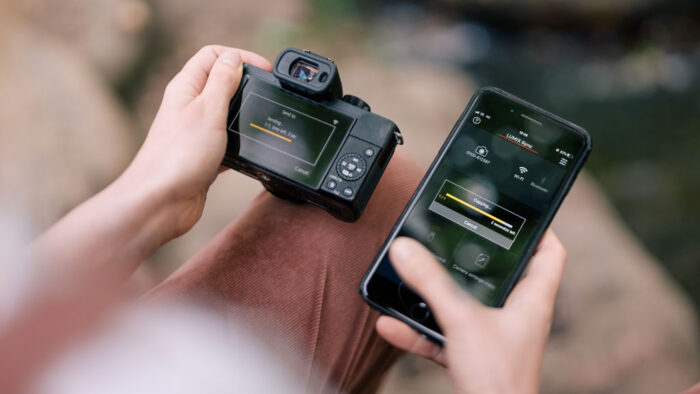
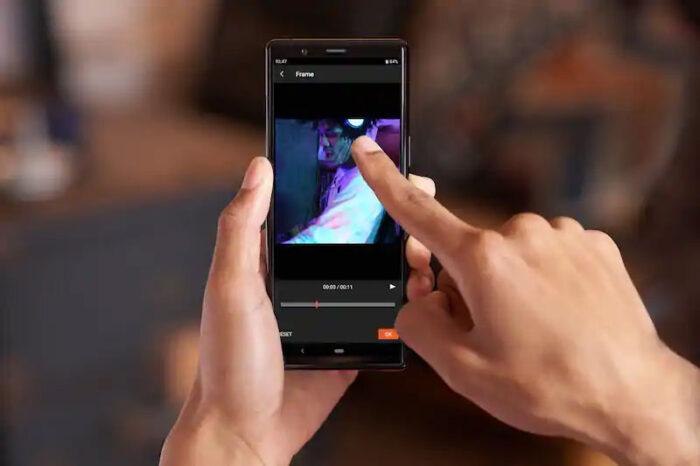
Both cameras allow you to save frames from a 4K video (this function is called 4K photo on the G100 and offers a few more settings).
The Panasonic has a few extra features to offer such as Focus Braketing, Stop Motion animation mode and a built-in flash.
Sony and Panasonic have developed two specific hand grips for the cameras to improve the handling. The Sony solution (GP-VPT2BT) connects via Bluetooth and allows you to control the recording, zoom and also configure a function button.
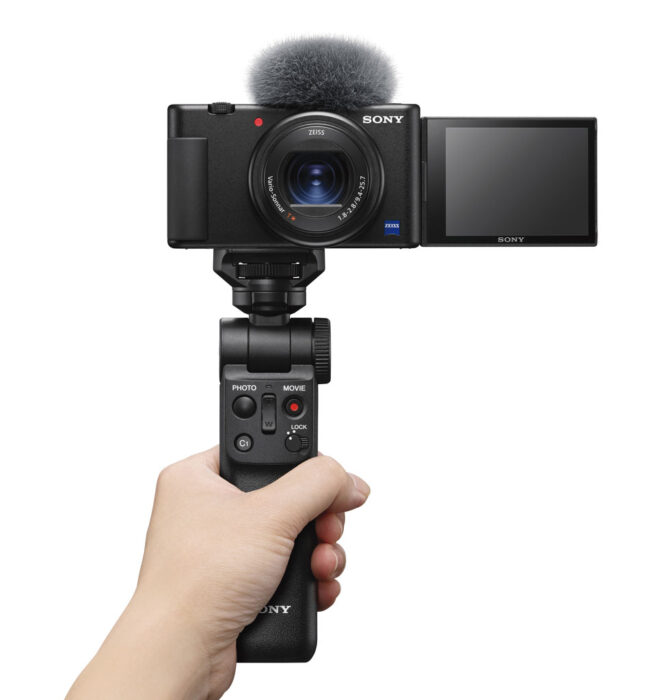
The Panasonic solution (DMW-SHGR1) connects via USB and has a shutter and REC button. Both grips can function as a mini tripod as well.
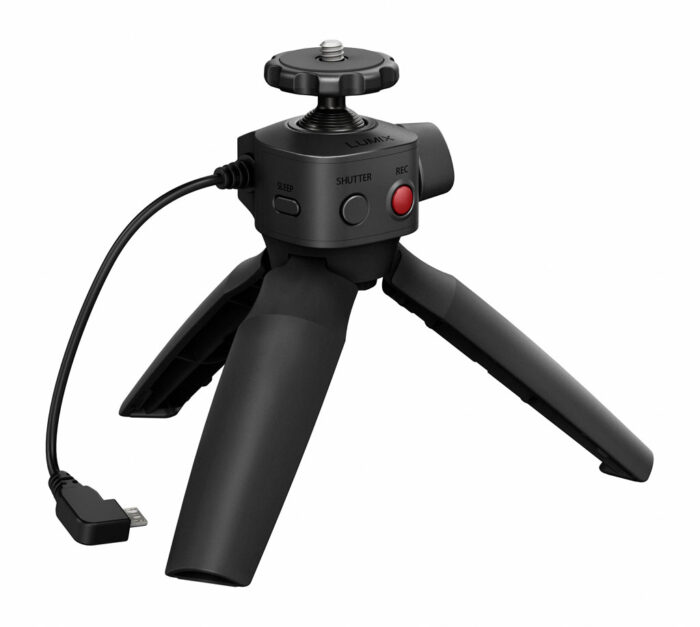
10. Price
The Sony ZV-1 was launched at $800 / £700 / €800, or $950 with the shooting grip. The grip is an optional accessory only in Europe and costs £170 or €175.
The G100 starts at $700 / £680 / €750 with the 12-32mm lens, or $750 / £720 / €800 with the lens and the grip.
Conclusion
Plenty of times we’ve seen brands jump on a trend, releasing products that might look completely new, but in reality are just a modified version of what they already have.
Lately, due to the rise in popularity of vlogging, as well as the Covid-19 pandemic that has forced many content creators to stay home, many brands have jumped on the opportunity to support their customers. A good example is Canon whose software allows you to use your EOS as a webcam. Panasonic and Sony decided to release new products instead.
The ZV-1 and G100 aim to provide content creators with an easy and compelling option that suits those just starting out in the world of vlogging.
Between the two, my impression is that the Sony is the model that is better suited to the vlogging task. It has a much more reliable autofocus with a few interesting additions, records 4K without a crop (unless you activate electronic stabilisation, but that happens on the Lumix too), has more options for video including slow motion up to 40x and will soon be available to use as a webcam for live streaming. It is a bit more expensive but feels more complete.
The G100 has fewer features to offer in comparison to a normal Lumix model but it is tempting if both vlogging and photography interest you. Plus having a larger sensor, a built-in viewfinder, a larger grip and an interchangeable lens mount are all features that give it a leg up over the Sony.
Reminder: the links below are affiliate links. If you decided to buy something after clicking the link, we will receive a small commission.
Check price of the Sony ZV-1 on
Amazon | Amazon UK | B&H Photo | eBay

